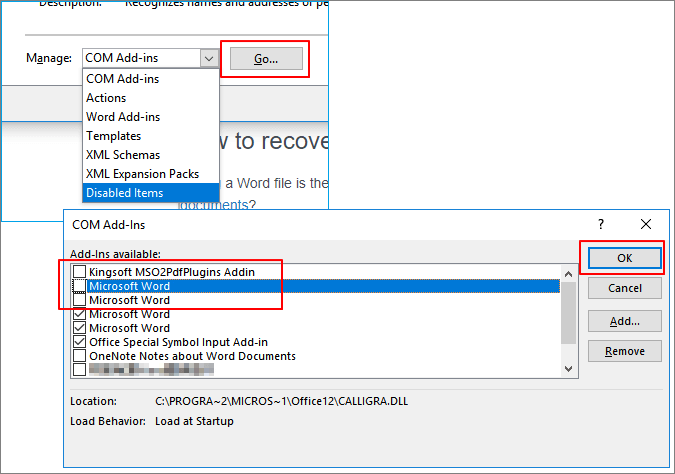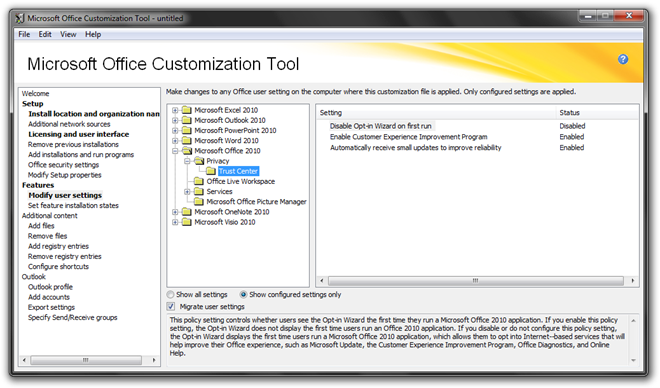Disable Microsoft Office 2010 Activation Wizard Popup
In the Activation Wizard, type the confirmation ID in the spaces provided at the bottom of the screen, and then press the Enter key. Tip: If you still can't activate Office, call the activation number, but don't enter anything or say anything. You'll be transferred to someone who can help you. If this screen appears, Office is installed as a one-year subscription or one-time purchase. A digital product key is transmitted to your PC, so you won't need or receive a printed product key. You activate Office by signing in with a Microsoft account. If we detect your Microsoft account, we'll show it on this screen.

If you’re deploying Microsoft Office Professional Plus 2010 with a MAK key, and you want to avoid the user seeing the Microsoft Office Activation Wizard when they first start up an Office application, follow these instructions:
Microsoft Office Activation Wizard 2010
- Run the Office 2010 Customization Tool (OCT)
- Open up your customised MSP file
- Go to: Setup > Add installations and run programs > Add…
- Then enter the information as seen in the image below.
- Target: [SystemFolder]cscript.exe
- Arguments: “C:Program Files (x86)Microsoft OfficeOffice14ospp.vbs” /act
- Don’t forget to save your MSP!
This will activate Office immediately after it is installed, so that it won’t pop up the Activation Wizard when the user first runs Office. Think of this as either a kind of pre-activation or post-activation of Office 2010.
This guide makes the following assumptions:
- You know how to load OCT (Office Customization Toolkit)
- You are deploying 32-bit Office onto 64-bit Windows
- You deploy Office 2010 at Deployment time using Microsoft Deployment Toolkit (although, for this to work, you don’t have to).
- You deploy Office 2010 using a MAK key.
- You store your MSP file in the Updates within the Office 2010 installation files on the MDT share (again, for this to work, you don’t have to).

I found this info after hopelessly searching around, finally coming across this page on Microsoft Technet.



